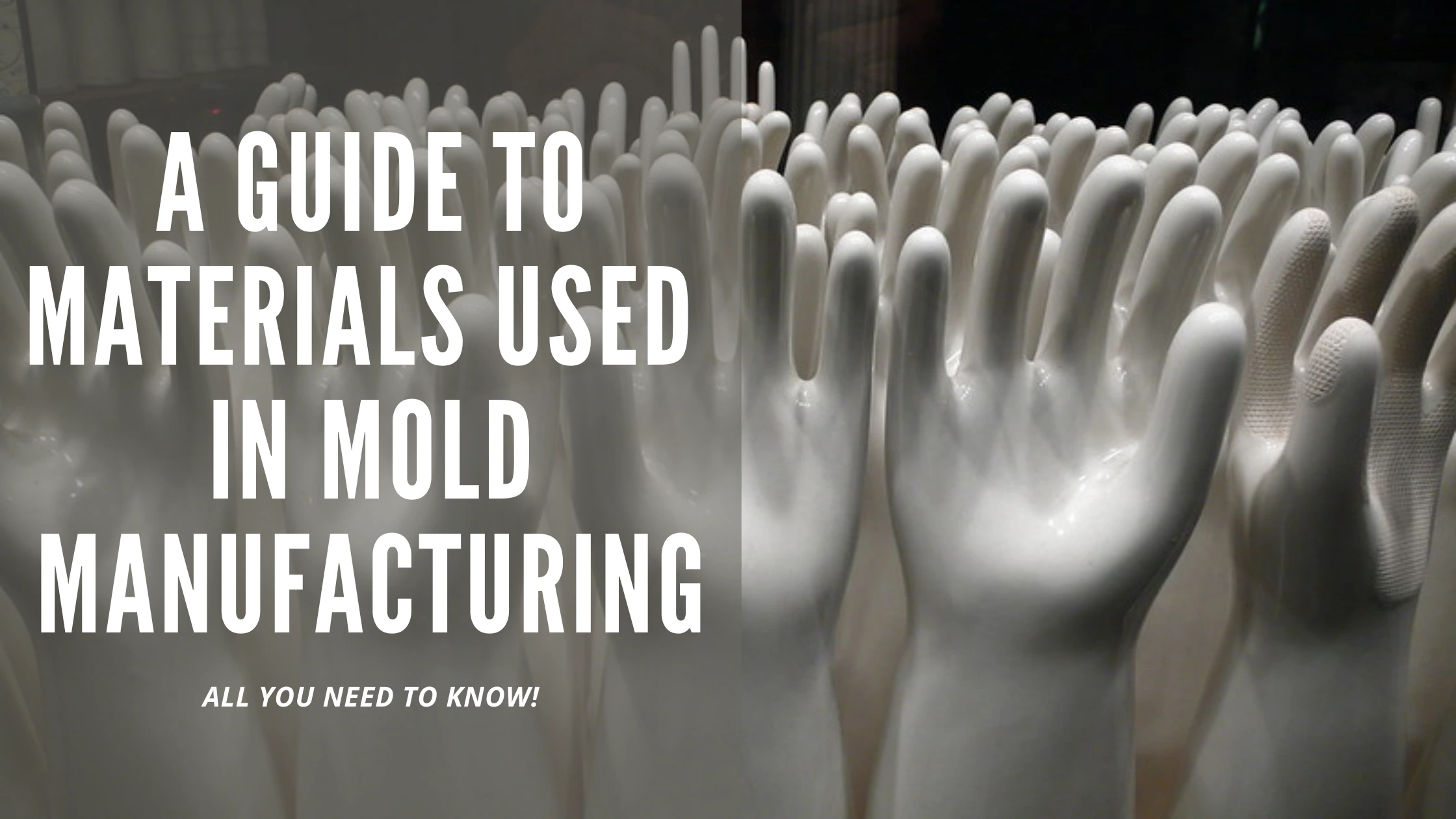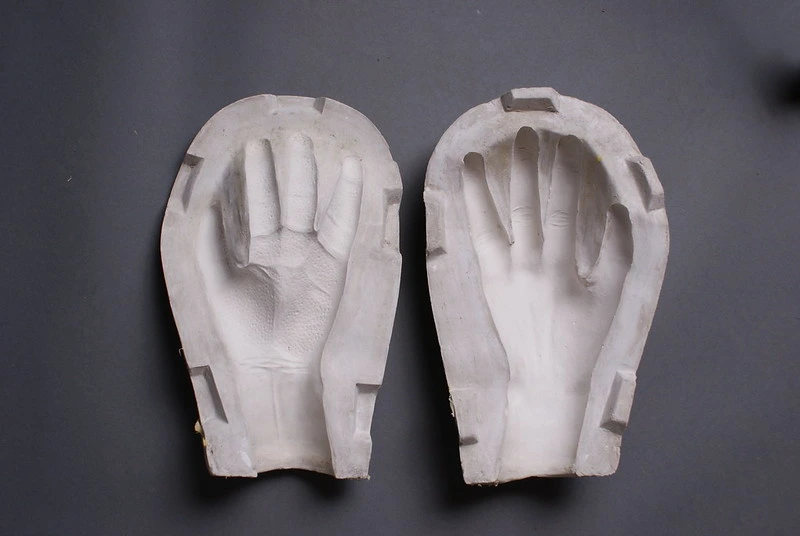A Guide to Materials Used in Mold Manufacturing

I. Introduction
As a manufacturing professional, you must consider several factors to ensure that the final product meets the design's durability, strength, and quality. One such criterion is the production material. Selecting the wrong material can negatively impact the expected performance of the products as prescribed by the design engineer. In mold manufacturing, material selection is no less important than the production method, and it is a critical aspect of every mold manufacturing process. Even the designer is aware of the impact of material selection on product quality and procedures like CNC machining and often specifies the type of material to give the expected quality. Hence, giving adequate thought to the material selection process in mold manufacturing will save you a lot of costs, functional nonconformance, and ultimately failure of the mold. This post gives you the lowdown on selecting suitable materials for your project based on their merits and drawbacks, as well as their use cases in different sectors.
II. Metals
Several properties make metals ideal for many manufacturing applications. Mostly, their strength and durability make them one of the popular materials in mold manufacturing. Also, certain metals and alloys have shown high suitability in exceptional cases, such as harsh environments where corrosion resistance is critical. Nevertheless, some of the most common metals and alloys in mold manufacturing include copper and alloys like bronze and brass. Steel and aluminum are also immensely popular.
For steel, its tensile strength and durability are top on its merit list as it can resist the stresses that come with molding. It is also durable and can withstand forces that often cause considerable wear in other materials.
Aluminum is another strong material that has found great acceptance in the mold manufacturing industry, including in plastic injection molding as a mold material. It has excellent strength despite being less weighty than many other metals with similar strength. It is also relatively less expensive than most metals and has remarkable heat conductivity.
Again alloys of copper like brass and bronze are also very suitable as molding material with special usage in areas where corrosion resistance is a criterion. Their high heat conductivity is another plus that has given copper alloys the pass mark as a mold manufacturing material.
However, all these benefits and advantages do not exempt these metals from certain disadvantages, especially for special mold manufacturing situations. One of the major disadvantages of metals as mold manufacturing material is the cost implication which is often relatively high compared to using other materials. Also, metals and their alloys experience wearing over time, though some take a long time before the wearing becomes critical. Nonetheless, they eventually will need replacement or repairs, at the very least. This is not to say that their advantages, including suitability for complex shapes and sizes, outweigh the disadvantages. Rather they are a note of warning for consideration if you decide to use metals for your mold manufacturing.
Additionally, the application of metals for mold manufacturing transcends a few industries, with several sectors using metals and their alloys for many mold manufacturing procedures. These industries include the marine, engineering, construction, automotive, medical, and aviation sectors.

III. Plastics: Characteristics, Advantages, and Applications in Mold Manufacturing
It is impossible to talk about mold manufacturing without mentioning plastics. This material has enjoyed several applications across many industries, especially when it comes to its speed in rapid prototyping.
Over the years, their versatility has increased in manufacturing thanks to the advancements in technology and instrumentation that have opened up several innovative techniques for using plastics. These technological advancements have also provided different variations of plastics, including thermosetting plastics and thermoplastics, which have varying properties that make them suitable for different use cases.
Thermoplastics like polypropylene and polyethylene are known for their ability to be shaped and reshaped into complex geometries and shapes while retaining their original properties. This ability makes it a unique material for applications like mold manufacturing, especially where heating or melting is required.
On the flip side is thermosetting plastics like phenolic resins and epoxy, often known for their ability to solidify permanently on applying heat. The resulting product is a uniquely sturdy plastic material comparable to certain metals and alloys in strength.
Both thermoplastics and thermosetting plastics show appreciable strength comparable with some metals and alloys that are used in mold manufacturing. These properties make both plastic materials a suitable option in place of metals and other mold materials. Some other advantageous properties of plastics are their lightweight, which makes them easy to work with, and their customizability using procedures like painting and coating. Nevertheless, plastics are still weaker and less durable than metals which is a significant drawback of using plastics as the mold material. Their resistance to extremely high-temperature ranges can only go so far compared to metals, as they can melt, wobble, or deform when subjected to extreme heat sources like injection chambers. Still, plastics enjoy a high level of acceptance in certain mold design instances, including in manufacturing electronic components, medical equipment parts, and consumer products.
IV. Conclusion
The mold is a critical component in many manufacturing industries, and your choice of mold-making material will either add to the success of the manufacturing procedure or be its undoing. Hence, carefully selecting the most suitable material for your project is paramount. Nonetheless, plastic materials such as thermosetting plastics and thermoplastics have the properties that make them a good option over metals, especially when the cost is of concern, as they are relatively more affordable. Still, metals and metallic alloys form the bulk of mold manufacturing materials as they are stronger, more durable, and can withstand high temperatures than most other materials. Fortunately, technology continues to provide more innovative materials like carbon-fiber plastics, which are very strong and inexpensive as alternatives to metals. The future is bright for mold manufacturing materials.
